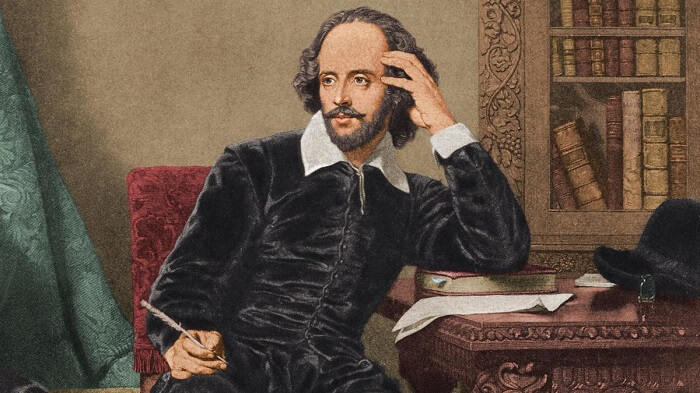As previously, we have shared with you some interesting productive things to do in quarantine and stay indoors to slow down the spread of the coronavirus outbreak. Now we have decided to put up some examples of geniuses who made history in quarantine to prove the point that some marvel feats can be done in self-isolation. Keep reading to know what these famous personalities did so worth-remembering in quarantine.
Geniuses Who Made History in the Quarantine
These genius people came from different situations and circumstances. Some emerged from plague, exile, months of bed rest and even wartime. But one thing in common, they all made history while being in quarantine.
Isaac Newton
One of the most popular claims on the Internet right now is that Sir Isaac Newton was in isolation when he came up with his hypothesis of gravity. And it’s true! In 1665, when Newton was a scholar at Cambridge, London was undergoing its last major pandemic of the bubonic plague. Newton retreated to Woolsthorpe Manor, an hour away, where he spent 18 months, putting his nose to the grindstone and did some severe studying. His theory of gravity got its beginning, and he also composed some of his writings on the as-yet-undiscovered calculus. No doubt, he is one of the geniuses who made history in quarantine. Wondering if the theory of gravity is really initiated after the fall of an apple? Learn these famous moments that actually never happened.
William Shakespeare
The Bard himself wrote King Lear while in quarantine. While this is unlikely to thoroughly explain, Shakespeare certainly endured many years of plague during his life. Unluckily, there’s no proof that the man himself was ever in quarantine, but during some of his most prolific times, the city of London was shut down due to bubonic plague outbreaks.
Shakespeare reportedly composed many poems, including Venus and Adonis, during theater closings. And the first performance of King Lear, in late 1606, surely did come on the heels of a London outbreak that season.
Victor Hugo
Ever heard of Les Misérables? Before it was a renowned musical, it was a big document written by French author Victor Hugo. But in 1851, Hugo was pretty disillusioned with the nature of things in France. He was a vocal critic of Napoleon III and went into exile to evade trial. His exile led him from Belgium to the island of Jersey in the English Channel to the nearby island of Guernsey.
In all, he spent almost 20 years away from his homeland and did a complete lot of writing. Besides his three books of poetry, he cranked out the most of Les Misérables—he’d started it years earlier, but during his exile, he saw it to a conclusion. While away from and disentranced with France, he penned one of the gems of French literature.
Frida Kahlo
The legendary Mexican artist experienced some severe bad luck. For one thing, she caught polio at age six, following in her first long period of enforced bed rest. About 12 years later, Kahlo, now a scholar, was traveling a bus that crashed with a streetcar. She underwent severe injuries from the collision, including a fractured spine and pelvis.
After a hospital stay, there she was, restricted to her bed again. But historians think that it was this restorative period that completely bonded her love of art (until then, she’d been studying medicine!). She painted her first self-portrait while in restoration. She actually used the mirror above her bed for reference.
Edvard Munch
Have you ever heard about The Scream? If so, did you know the name of its painter, Edvard Munch? What about the fact that he was hit by the strangely lethal influenza outbreak of 1918? No, The Scream itself is not an outcome of the outbreak (he painted it in 1893), but Munch did paint a product called Self-Portrait with the Spanish Flu, of his ailing self, and a few other pieces while ill. And, unlike many others, Munch actually didn’t die from the flu. He actually lasted for 25 years after that and proceeded to produce marvel works of art.
Salvator Rosa
This 1656 painting, “Human Frailty,” is not expressly detailed. Its creator, Salvator Rosa, had just lost a young son in a 1656 plague outbreak that hit Naples hard. Two of Rosa’s siblings also died in the plague. He created this ruthless painting, in which a newborn baby (representative of his son) signs his life over to a flying Death, the same year. It’s uncertain whether he was actually in quarantine (his son’s death actually implies that he wasn’t), but he surely was in the middle of a disastrous outbreak.










































